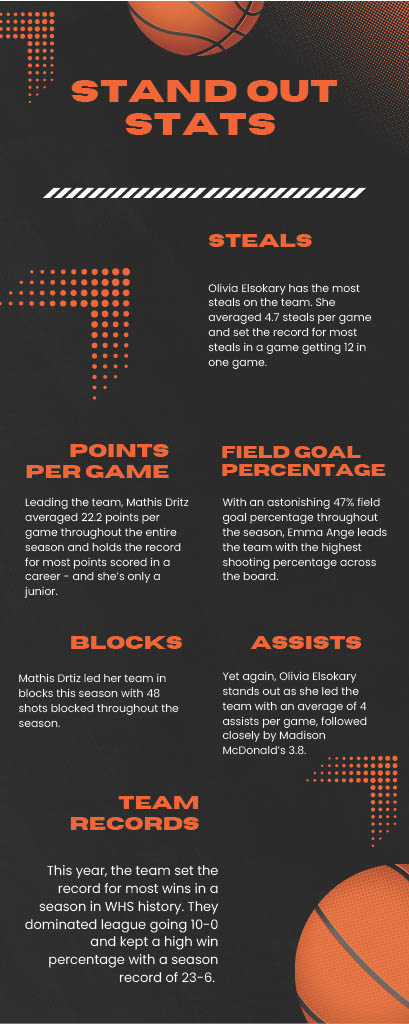As the new WHS school year kicks off virtually for the first-ever time, one topic faces debate: Zoom cameras.
The transition to online learning has brought a surge of unprecedented problems, the top one being students keeping cameras on or off. Currently, teachers can strongly encourage keeping live videos on but cannot require it, so the debate still continues.
For students’ security and emotional wellbeing, teachers should allow the option for students to turn their live video off during class. Keeping cameras off allows all students to feel comfortable attending school no matter their situation at home.
In 2018, 35.2% of people in California were at or near the poverty line, according to the Public Policy Institute of California, with Ventura County having 17% of its community in poverty. Many students at WHS could be faced with poverty or similar situations.
Forcing students to keep their cameras on reveals the living situations of less privileged students, putting them at risk of bullying or issues with self-esteem. Because this may be detrimental to students’ mental health, having cameras on during online school should be voluntary.
With reduced access to childcare and parents working from home, many students could have younger siblings to care for, pets, parents on phone calls, or siblings in school nearby during their learning. These visual and auditory distractions could disrupt the learning of peers and impact the student’s self-image as they could be embarrassed by their situation at home. Therefore, allowing students to keep their cameras off creates an environment that all students can comfortably and confidently learn in.
Additionally, having students keep their cameras on paves the way for the development of mental health problems. According to the National Institute of Mental Health, 9.1% of adolescents age 13 to 18 face a form of social anxiety disorder. Based on these statistics, it can be assumed that approximately 200 students at WHS have some sort of social anxiety.
Having these students keep their live video on creates a situation that can cause a drastic increase in their social anxiety, which could lead to other problems such as low self-esteem and depression. Many less privileged students will also be at risk of social anxiety among other mental health disorders by being required to reveal their at-home lives to their peers. WHS should factor in students’ mental health in the requirements for online learning and allow the option for students’ cameras to remain off.
Many parents and teachers argue that keeping cameras off makes it harder to keep students engaged, but this problem could easily be solved with some adjustment to the way teachers present information. Instead of lecture-style lessons, teachers can implement interactive lessons with examples, and they can call on students to answer questions and participate with the Zoom features such as “raise hand,” keeping them engaged and focused.
Students should have the option to keep their live video off to foster a more positive learning experience, and counselors and teachers can work with students to ensure they are receiving enrichment from daily lessons. This will create an environment where students feel safe and confident about coming to school even while at home.



























